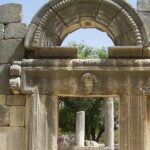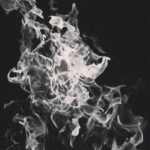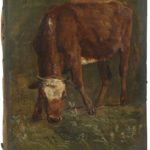While all the plagues are supernatural and thus beyond human comprehension in terms of their cause, the plague of darkness is unique in that it is hard to understand what it actually was. Darkness is not a thing, so what can it mean that God ‘sent darkness and made it dark’ (Tehillim 105:28)? In addition, the Torah’s description of the plague is extremely brief and the phrase וימש חשך is ambiguous because it is not clear whether it comes from the root [מ ש ש] ‘to feel/grope’, [מ ו ש] ‘depart/remove’ or [א מ ש] ‘night/gloom. The further descriptive word אפלה appears to be just a poetic synonym for darkness:
- Ibn Ezra argues that the plague was thick sea mist of the type that occur periodically in the Atlantic and make it impossible to tell whether it is day or night. Similarly, Ramban explains it as a thick cloud that descended from the sky.
- Rabeinu Bahya views the plague as thickening of the air which blocked the passage of light. According to this, the ‘thick darkness’ which impeded the Egyptians from moving was an intensification of the same process.
- Torah Temimah offered a novel interpretation according to which the darkness was actually a membrane that grew over the Egyptians eyes making it impossible for them to see.
- Shadal discusses the possibility that it was an intense sandstorm, but points out that the Torah does not indicate that that the darkness was brought about by wind as it does with the locusts.
For more on parshat Va’eira, see Haggadah Berurah, the Haggadah that helps you tell the story of yetziat mitzrayim.



Leave a Reply